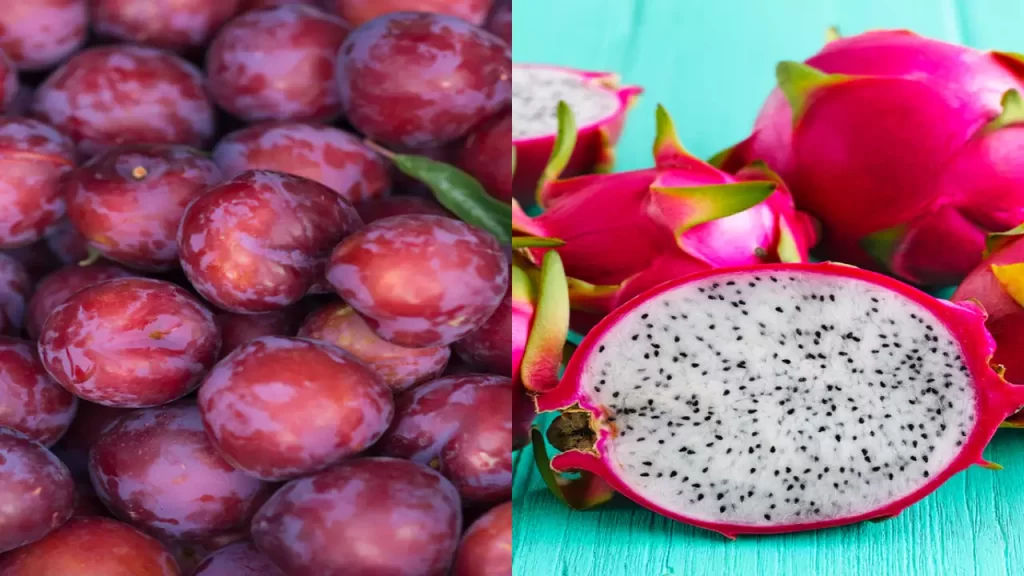- Fruits and vegetables are a key part of a healthy diet, but many people don’t know that they can also benefit from peels.
- Peels provide a wide range of nutrients, including vitamins, minerals, and antioxidants.
- They contain high levels of fiber and water, which make them an optimal source of hydration.
- Peels are also a good source of natural sweetness, which can add flavor to foods.
What are the health benefits of eating fruit and vegetable peels?
Wellhealthorganic.com: Eat Your Peels: Unlocking the Nutritional Benefits of Fruits and Vegetable Peels. Fruit and vegetable peels have long been considered waste material, but in recent years, more attention has been given to their nutritional value. Eating fruit and vegetable peels provides a range of health benefits as they are rich in vitamins, minerals, and fiber. For instance, apple peels contain about twice the amount of fiber found in the flesh of the apple. This can help to reduce cholesterol levels and regulate blood sugar.
Eating potato skins is another way to get more nutrients from your food. Potato skins contain more potassium than bananas along with other nutrients such as vitamin C and vitamin B6 which play a role in healthy brain function. Additionally, carrot tops are edible and provide an excellent source of vitamins A, C, and K.
Incorporating fruit and vegetable peels into your diet not only reduces food waste but also provides valuable nutritional benefits that contribute towards optimal health. So rather than throwing away those nutritious skins, include them in your meals for an added boost of nutrients!
Read Also… saunf-fennel-seeds-health-benefits-and-it-can-help-with-weight-loss
Types of fruit and vegetable peels: What are the different types of fruit and vegetable peels and what are their nutritional benefits?
- Citrus Peels: Citrus fruits like oranges, lemons, and limes have a thick and bitter peel that is often discarded. However, these peels contain higher amounts of vitamin C than the fruit itself. Additionally, they are rich in flavonoids, which can reduce inflammation and promote heart health.
- Potato Peels: The skins of potatoes are rich in fiber and potassium. They also contain antioxidants that can prevent cell damage caused by free radicals in the body.
- Apple Peels: Apple peels are a great source of dietary fiber and vitamins A and C. They also contain quercetin, an antioxidant that has been linked to reducing the risk of certain cancers.
Overall, it is important to eat fruits and vegetables with their peels whenever possible to maximize their nutritional benefits. However, it is essential to thoroughly wash them before consuming to remove any dirt or pesticides that may be present on the surface of the fruit or vegetable peel.

How to eat fruit and vegetable peels: How can you enjoy the health benefits of fruit and vegetable peels without consuming a lot of extra calories?
One of the easiest ways to eat fruit and vegetable peels is by blending them into smoothies or juices. This is a great way to add extra fiber, vitamins, and minerals to your diet without consuming extra calories. For example, adding carrot peels to a smoothie can increase the amount of beta-carotene you consume, which helps improve eye health.
Another way to eat fruit and vegetable peels is by roasting them in the oven or air fryer. Potato skins are a popular example of roasted vegetable peels. They can be seasoned with herbs and spices for added flavor and make for a delicious snack or side dish.
Lastly, if you’re feeling adventurous, you can try pickling fruit and vegetable peels for a unique twist on traditional pickles. Watermelon rind pickles have become increasingly popular in recent years as people look for ways to reduce food waste while enjoying new flavors. These pickles are tangy and slightly sweet, making them a perfect addition to sandwiches or charcuterie boards.
Conclusion: The health benefits of eating fruit and vegetable peels are clear, so why don’t more people eat them?
One reason why people may not eat fruit and vegetable peels is simply because they are not used to it. Many of us have grown up being taught to peel our fruits and vegetables before eating them, so the idea of doing the opposite may seem strange at first. Additionally, some people may find the texture or taste of the peels off-putting.
Another factor could be concerns about pesticides or other contaminants on the peels. While it’s true that conventionally-grown produce can sometimes contain higher levels of these substances, washing your produce thoroughly can largely mitigate this risk. Alternatively, opting for organic produce or growing your own fruits and vegetables can help ensure that you’re consuming clean peelings.
Lastly, there could be a lack of education on just how beneficial fruit and vegetable peels really are for our health. By spreading awareness about their nutritional value and creative ways to incorporate them into meals (such as using citrus zest in baking or adding beet greens to a smoothie), more people may be willing to give this practice a try.
Read Also…. which-is-better-hot-water-or-cold-water-bath






